Optimal Timing for Foundation Repairs
Understanding the optimal timing for foundation repairs can help ensure effective results and minimize disruptions. The best time generally depends on weather conditions, soil stability, and structural assessment results. Typically, dry seasons with mild temperatures are ideal for foundation work, as they reduce the risk of water infiltration and soil movement.
Spring offers moderate weather conditions, making it suitable for foundation repairs. However, increased rainfall can sometimes delay work or affect soil conditions.
Summer provides warm and dry weather, which is favorable for foundation work. It allows for longer working hours and quicker curing times.
Fall can be an ideal time due to cooler temperatures and less rainfall, but early winter preparations may be necessary.
Winter is generally less suitable because freezing temperatures can hinder excavation and curing processes, and soil movement may be unpredictable.
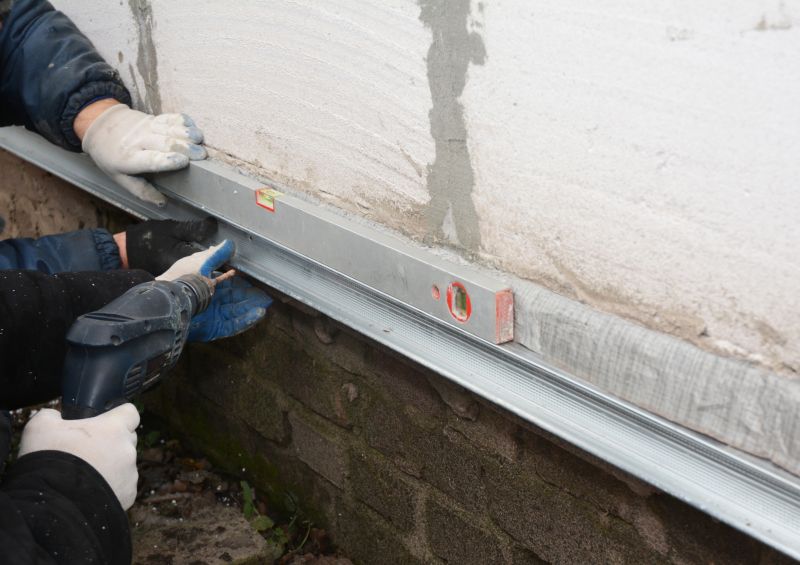
Spring repairs are effective due to moderate weather and soil conditions.
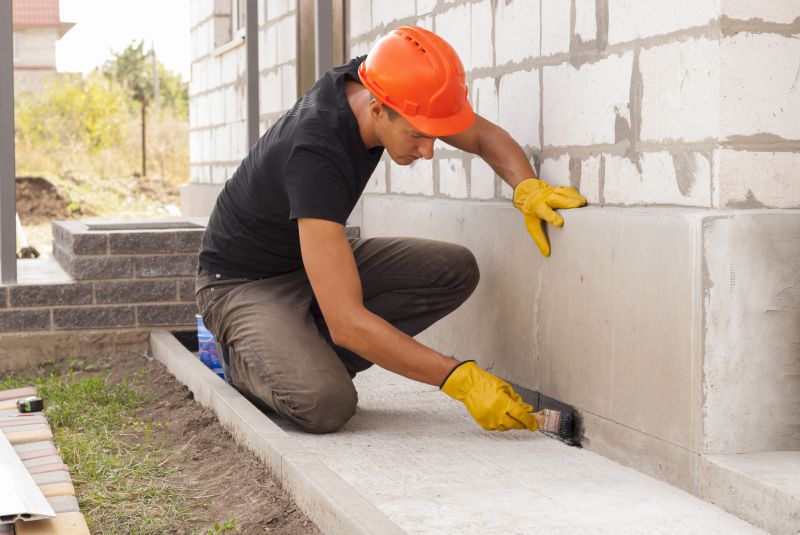
Warm, dry summer days facilitate efficient foundation repairs.
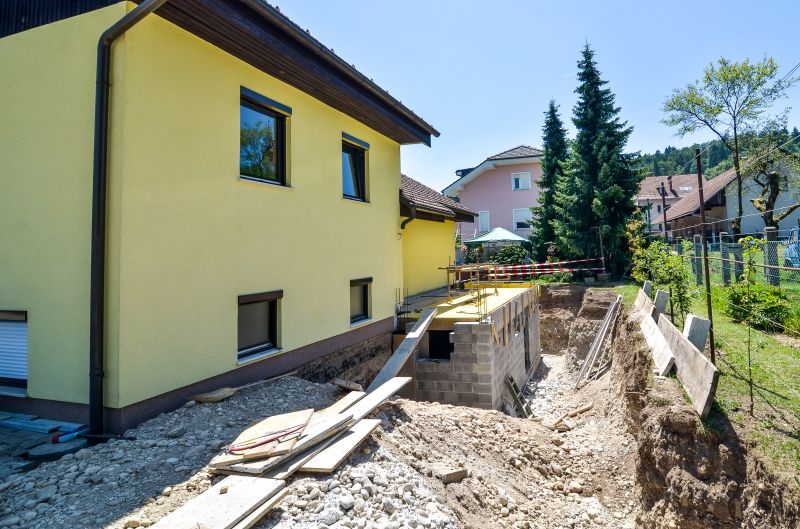
Cooler fall weather supports foundation stabilization efforts.
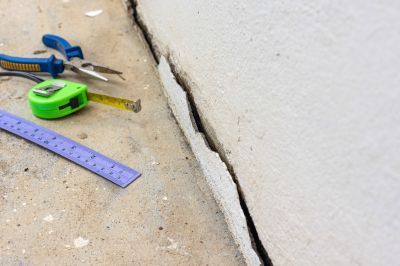
Ways to make Foundation Repairs work in tight or awkward layouts.
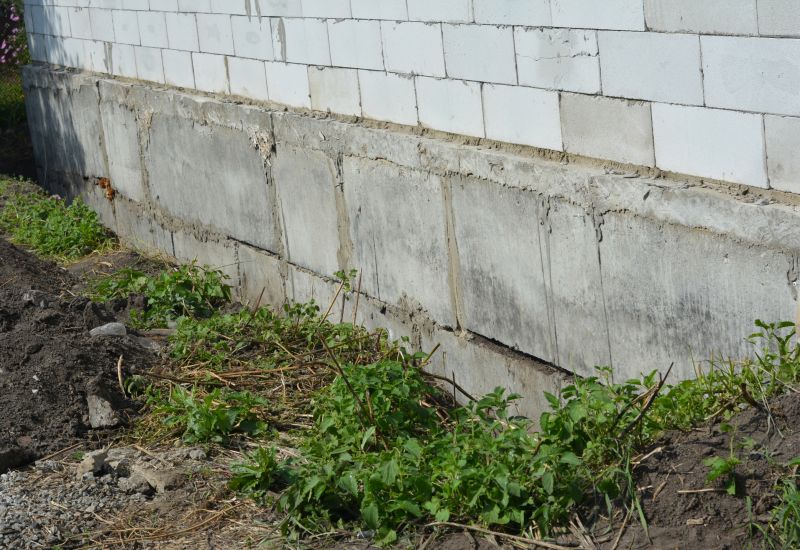
Popular materials for Foundation Repairs and why they hold up over time.
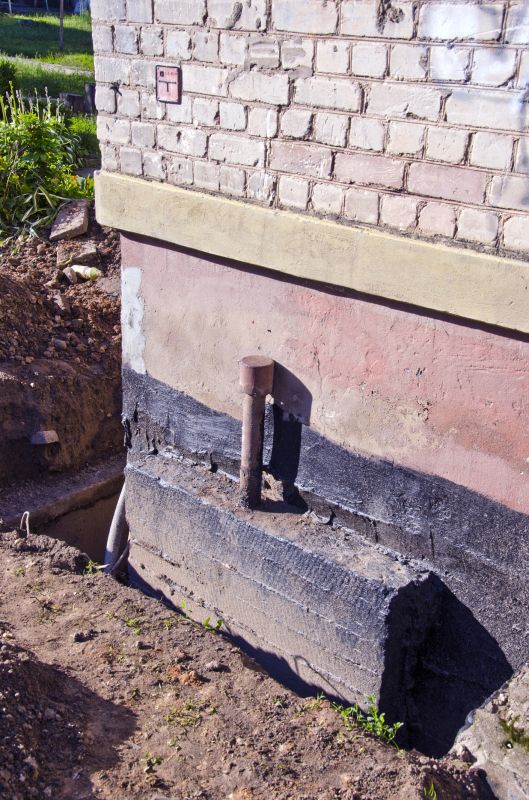
Simple add-ons that improve Foundation Repairs without blowing the budget.
| Season | Ideal Conditions |
|---|---|
| Spring | Moderate temperatures, manageable rainfall |
| Summer | Warm, dry weather, longer work days |
| Fall | Cooler temperatures, less rain |
| Winter | Freezing temperatures, soil movement |
Foundation repairs are critical for maintaining structural integrity and preventing further damage. They often involve addressing issues such as settling, cracking, or shifting foundations. Proper timing can reduce repair costs and improve longevity. Soil conditions, moisture levels, and weather patterns play a crucial role in determining the most suitable period for repairs. For instance, dry and stable soil minimizes movement and allows for more precise work. Statistics indicate that foundation issues can affect up to 30% of homes in regions with variable weather, emphasizing the importance of timely intervention.

Excavation, stabilization, and reinforcement are key steps in foundation repair.
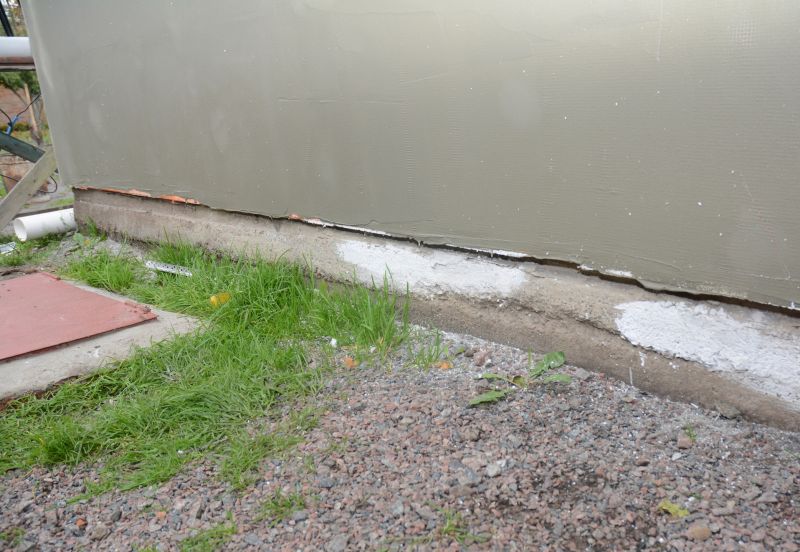
Visual evidence of foundation repair improvements.
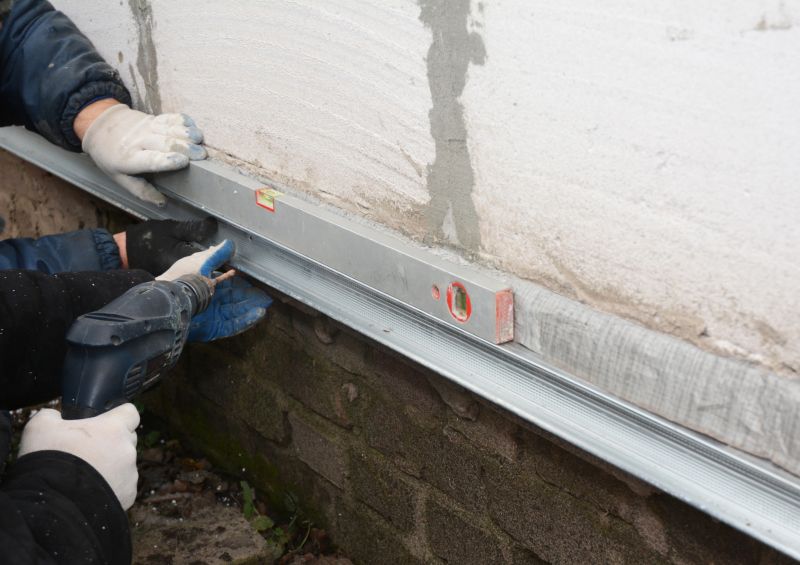
Specialized equipment ensures precise and effective work.
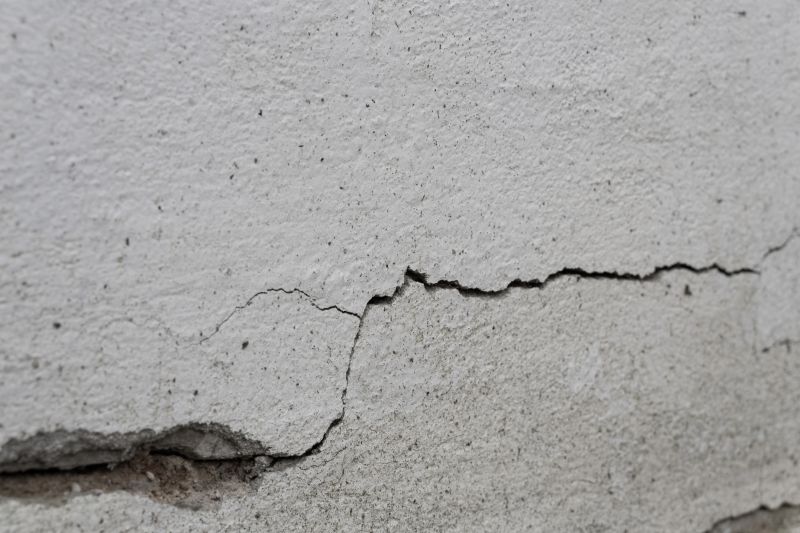
Addressing cracks is essential to prevent further structural issues.
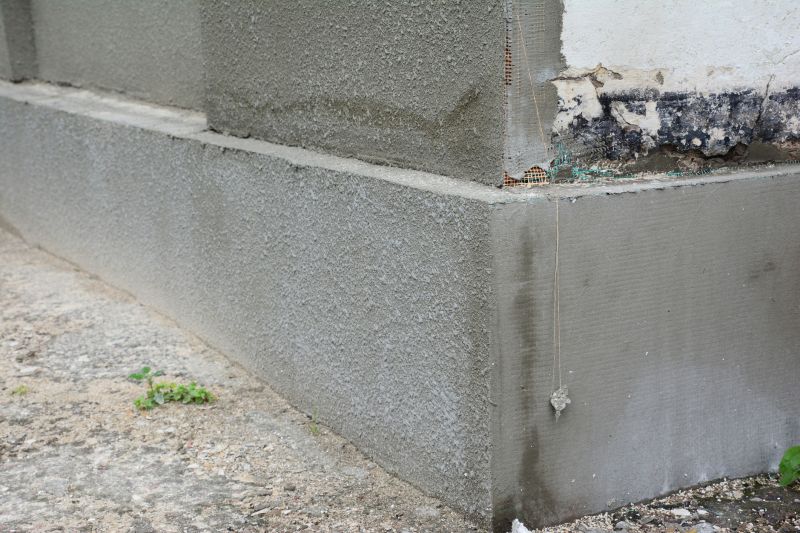
High-end options that actually feel worth it for Foundation Repairs.
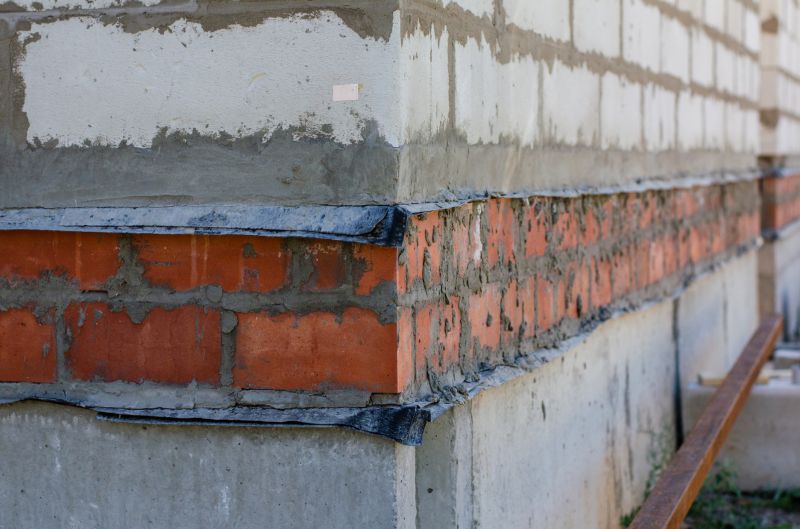
Finishes and colors that play nicely with Foundation Repairs.
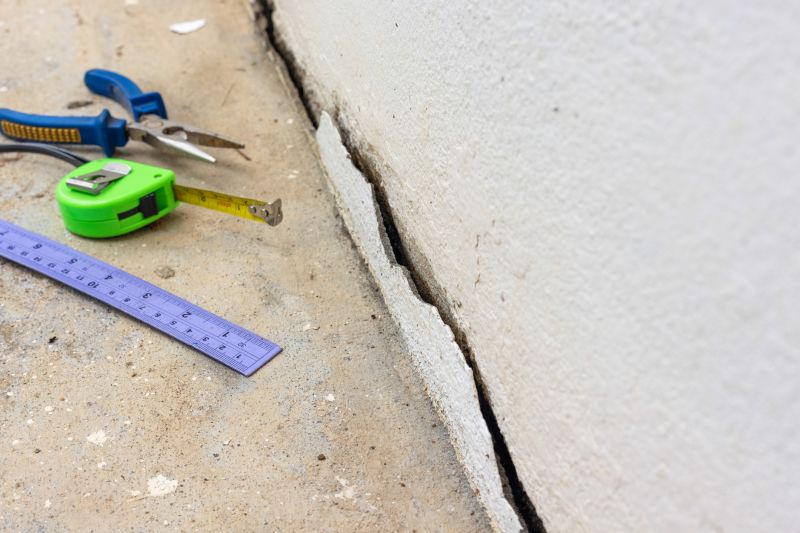
Little measurements that prevent headaches on Foundation Repairs day.
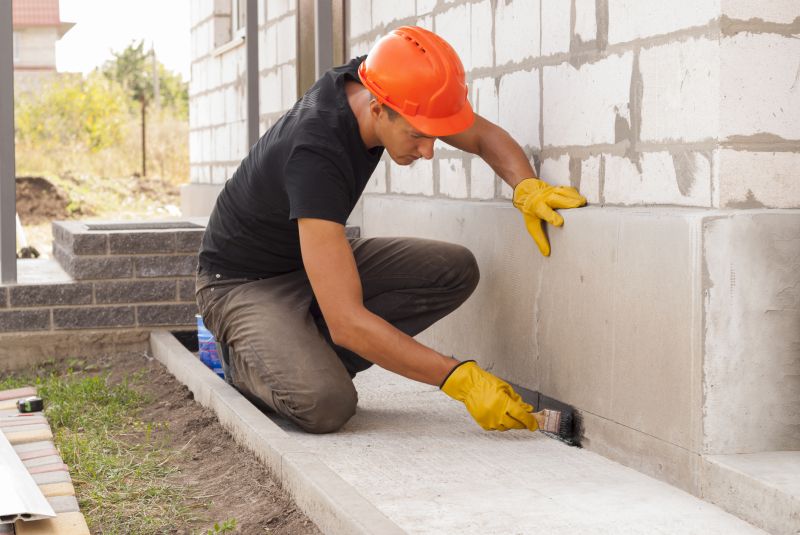
A 60-second routine that keeps Foundation Repairs looking new.
Interested in foundation repairs? Filling out the contact form provides an opportunity to discuss specific needs, schedule assessments, and receive expert guidance on the best timing for repairs based on local conditions.

